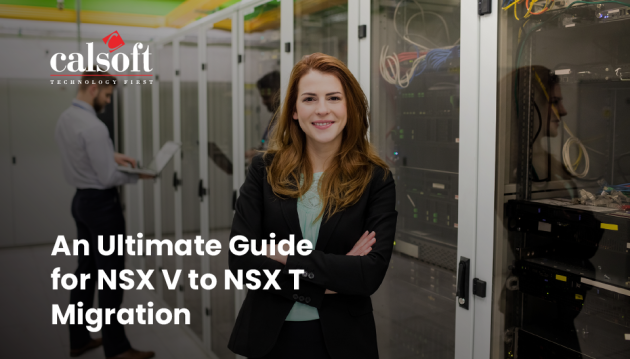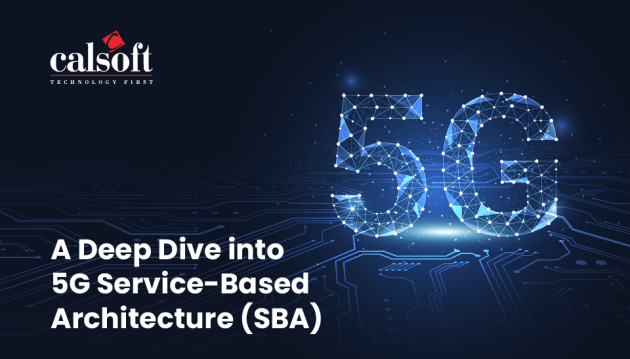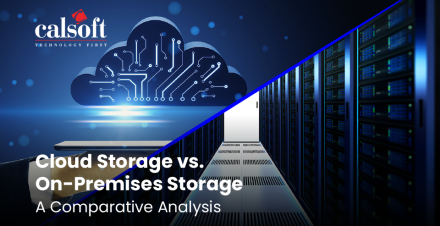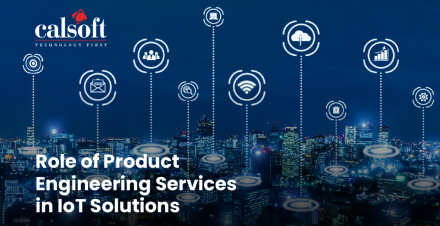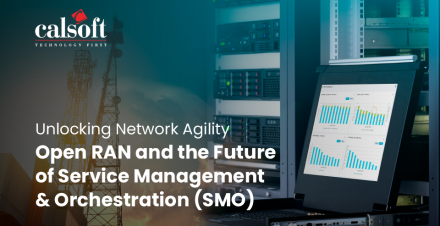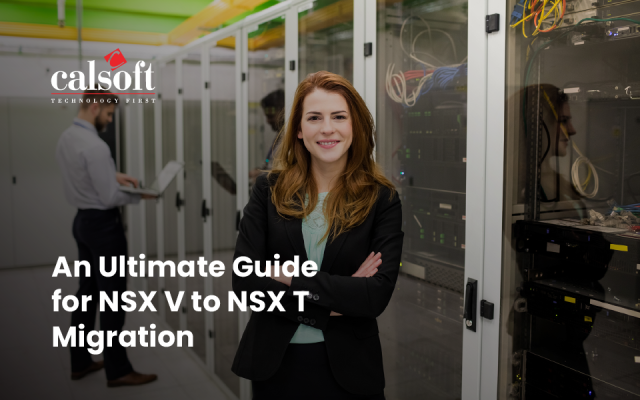
An Ultimate Guide for NSX V to NSX T Migration
The migration of NSX V to NSX T typically involves detailed migration plan to ensure minimal disruption and to take advantage of the enhanced features and capabilities of VMware’s next-generation networking and security platform, NSX-T. Read the blog to explore the detailed migration path from NSX V to NSX T.

A Deep Dive into 5G Service-Based Architecture (SBA)
5G technology roll out signifies an immense revenue opportunity for telecom industry.

Optimizing HR with LLMs and Langchain
Langchain and LLM can modernize the way HR departments operate, from automating recruitment processes to providing personalized training recommendations, and enhancing decision-making, while ensuring the security and transparency of HR operations.
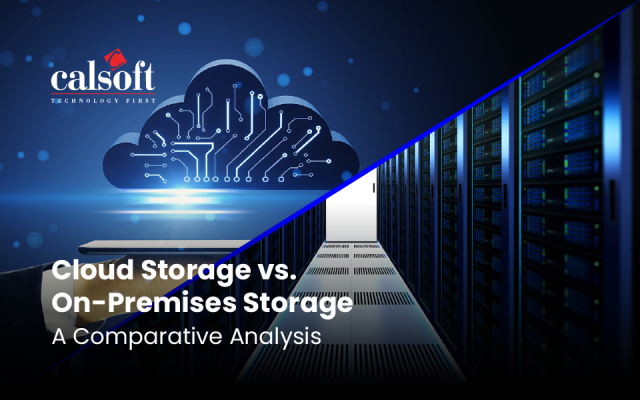
Cloud Storage vs. On-Premises Storage: A Comparative Analysis
Enterprises in today’s digital landscape, be they Large/ Small Medium Enterprises (L/SMEs) or startups, face a perpetual dilemma – how to manage their data, applications, and technology…
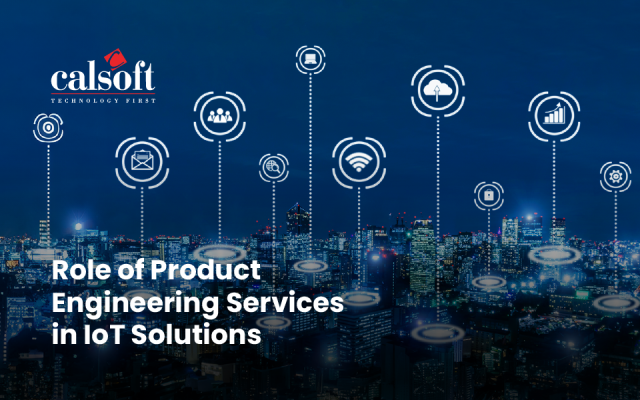
Role of Product Engineering Services in IoT Solutions
Explore the pivotal role of Product Engineering Services in revolutionizing IoT solutions. Unlock innovation and efficiency with expert insights.
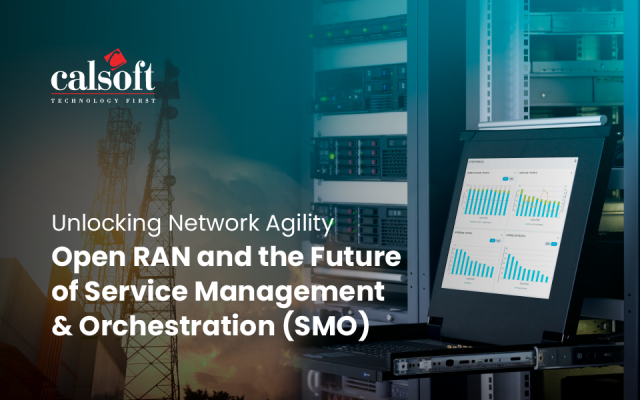
Unlocking Network Agility: Open RAN and the Future of Service Management & Orchestration (SMO)
Recently, Open RAN turned out to be a transformative and innovative solution in the telecom industry. Service Management Orchestration (SMO) serves at the core of this transformative solution, revolutionizing the way mobile networks are deployed and managed. SMO in Open RAN framework foster openness, flexibility, interoperability supporting multi-vendor and cost-effective network deployments. SMO is paving the way for a new era of wireless connectivity, shaping the future of Open RAN deployments. Read the blog to explore the significance of SMO platform in Open RAN framework.

The Impact of DevSecOps on Product Security
The significant effect that DevSecOps has on product security, emphasizes how proactive and cooperative it is in integrating security into the development process. In building a robust security posture, it examines the critical responsibilities that developers, security teams, operations teams, collaboration specialists, and automation experts play. The blog discusses best practices including automated security testing and continuous monitoring, addressing issues like cultural resistance, complicated integration, and competence gaps. Additionally, it foresees developments in cloud-native security, improved container security, DevSecOps as a Service, and AI and ML integration. Adopting DevSecOps is not just a requirement but also a choice for businesses looking to improve product security against constantly changing cyber threats in today’s dynamic digital ecosystem. Read our blog to get more details.
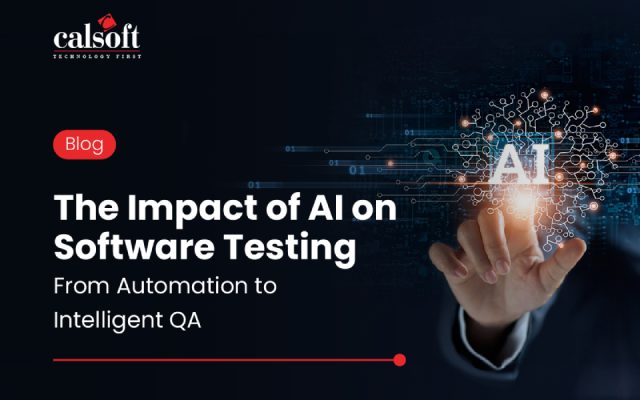
The Impact of AI on Software Testing: From Automation to Intelligent QA
The influence of AI on software testing has been transformative, developing from automation to intelligent Quality Assurance (QA) processes. AI-powered tools can analyze complicated code structures, identify patterns, and predict potential issues, supporting proactive testing tactics. As AI continues to advance, its impact on software testing is expected to further improve software quality and accelerate the development process. Read the blog to understand the impact of AI on software testing to realize automation and intelligent QA.
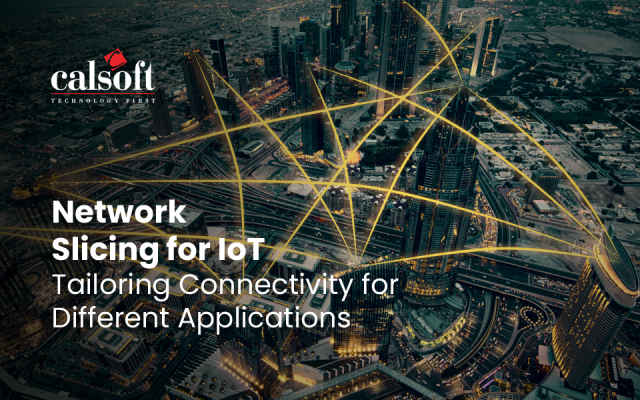
Network Slicing for IoT: Tailoring Connectivity for Different Applications
Network slicing is a transformative concept in the realm of IoT, where diverse applications with changing needs exist. Network slicing supports dynamic resource sharing according to the specific technical requirements of each application, optimizing the use of network infrastructure and enhancing overall efficiency. Network slicing for IoT brings immense potential to steer innovation, improve operational efficiency, and unlock new use cases across various industries. Read the blog to explore the significance of network slicing to tailor connectivity for diverse IoT applications.

Significance of Sustainability in Software Development
The significance of sustainability in software development, emphasizes the environmental impact of the IT sector. Sustainability in software development describes the idea of “green coding,” emphasizing energy-saving techniques, for mitigating environmental harm, and ensuring the long-term sustainability of software systems. The inclusion of sustainable practices into the development processes, helps developers to create software that realizes a more sustainable future. Read the blog to explore the significance of sustainability in software development and the advantages of green coding.

